Bacterial Treatment Products: Custom solutions from NWC
Whether for pharmaceutical, textile, food industry, manufacturing, or residential septic systems, a robust wastewater microbiome is critical for removing harmful substances from wastewater.
NWC offers Super Growth Bacteria (SGB), a selected mixture of specialized aerobic and anaerobic strains developed and maintained in-house. Each contributes uniquely toward making wastewater safe by decreasing its biochemical oxygen demand (BOD), a major consideration before further treatment or discharge into public waterways. See our detailed explanations below, and contact us for questions or to place an order!
Which Variant is Right for You?
SGB 102 (Aerobic)
Function: Breaks down organics to reduce BOD & hydrocarbons
Uses: Ideal for sewage/municipal wastewater, food & beverage industry
SGB 103 (Aerobic)
Function: Breaks down oil and grease to decrease BOD
Uses: Ideal for meat processing, vegetable oil manufacturing
SGB 104 (Aerobic)
Function: Reduces phenolic compounds to decreases BOD & phenol
Uses: Ideal for pharmaceutical and chemical industry sectors
SGB 105 (Anaerobic)
Function: Breaks down organic materials, cellulose, grease
Uses: Ideal as anaerobic wastewater treatment enhancer

Biological treatment: The cornerstone of modern wastewater processing
Understanding the differences between aerobic and anaerobic bacteria helps make your treatment systems as efficient and cost-effective as possible. Expand the sections below for details.
-
Aerobic bacteria require oxygen to function and excel at rapidly breaking down organic matter in wastewater. These microscopic workhorses thrive in highly oxygenated environments, making them ideal for treating wastewater with high Biological Oxygen Demand (BOD) — a key metric measuring the oxygen required to break down organic material. For example, food processing plants, with their sugar and protein-rich effluent, often rely on aerobic systems to handle BOD levels that can exceed 2000 mg/L. These systems typically shine in applications like beverage manufacturing, dairy processing, and municipal treatment plants where space is limited and rapid processing is essential.
Example: NWC’s aerobic treatment regimen at the PT. Bufa Aneka plant.
-
Anaerobic bacteria operate without oxygen and excel in treating high-strength industrial wastewater. These systems often produce valuable biogas (primarily methane) as a byproduct, which many facilities harvest for energy recovery. Paper mills, breweries, and chemical manufacturing plants often employ anaerobic treatment for waste streams with BOD levels exceeding 4000 mg/L. Anaerobic systems consume less energy, produce up to 90% less sludge than aerobic systems, and allow potential energy recovery through biogas generation. These advantages typically require longer treatment times and larger tank volumes, making them ideal for industries with consistent, high-strength waste flows and available space.
Example: NWC’s biogas plant at Belitung.
-
Aerobic and anaerobic technologies are combined in sequence by many modern facilities. These dual-process systems leverage anaerobic pre-treatment for high-strength waste streams before polishing with aerobic systems. This hybrid approach maximizes efficiency while minimizing operating costs — particularly valuable for industries like meat processing or pharmaceutical manufacturing where waste characteristics vary significantly throughout production cycles.
Example: NWC’s wastewater treatment plant for PT. Beiersdorf Indonesia
The choice between aerobic and anaerobic systems ultimately depends on factors including waste strength and type, flow rates, available space, energy costs, and local discharge requirements.





